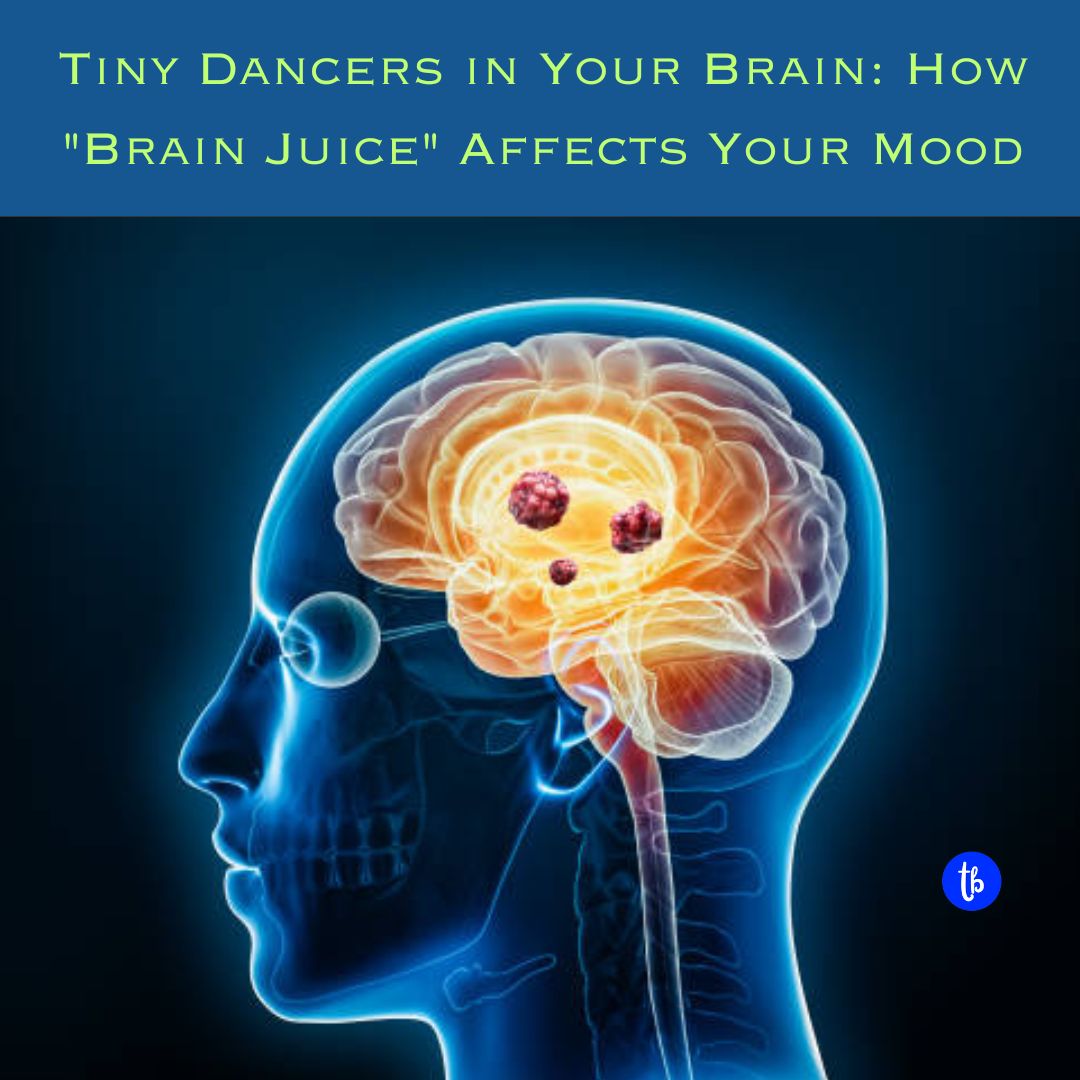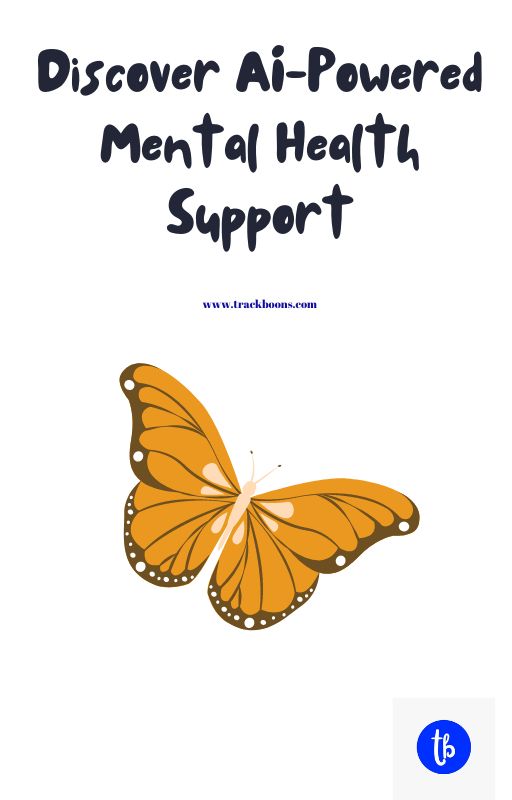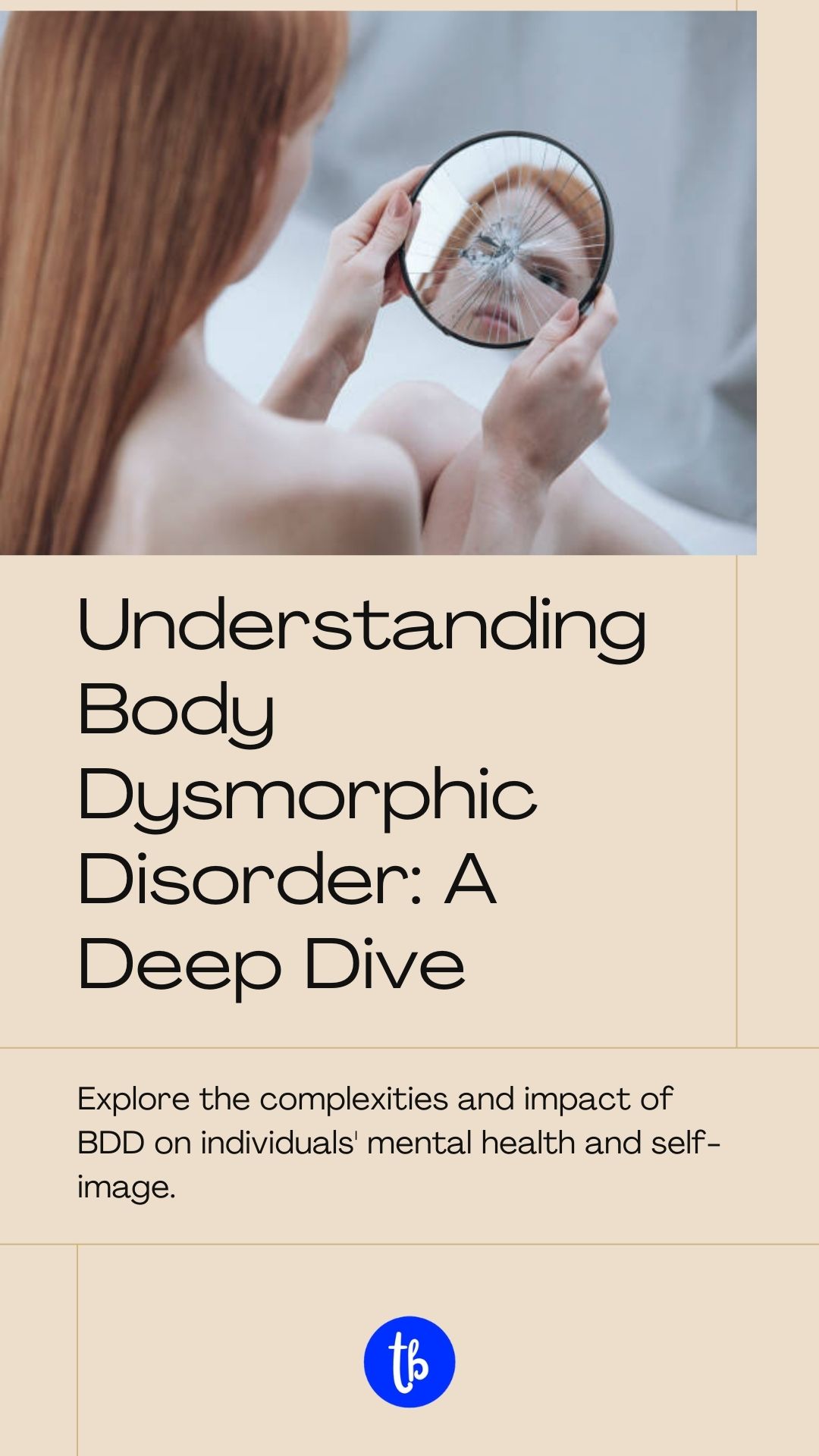Tiny Dancers in Your Brain: How "Brain Juice" Affects Your Mood

Have you ever wondered why you feel happy after a good laugh, why butterflies flutter in your stomach during a crush, or why you get all jittery during a test? Well, there are these tiny dancers in your brain, and they're called neurotransmitters. They play a huge role in how you feel and think. Let's take a fun journey into the world of these "brain juices" and see how they shape our moods.
Meet the Tiny Dancers - Neurotransmitters:
Think of neurotransmitters as the choreographers of your brain's dance floor. They're like tiny dancers passing messages between nerve cells. Today, let's spotlight three main dancers: serotonin, dopamine, and norepinephrine.
Serotonin: The Mood Booster
Serotonin is like the dance captain of your brain. It keeps your mood in check and helps with sleep and appetite. When serotonin is grooving smoothly, you feel happy and content. But when it's out of sync, you might feel a bit down. So, keeping serotonin on the dance floor is key to feeling good.
Dopamine: The Celebration Crew
Dopamine is the life of the party in your brain. It's all about celebrating the good stuff. Whether you achieve a goal or enjoy a tasty treat, dopamine is there, making you feel awesome. Just be careful – too much celebration, like with certain substances, can throw off the dance routine.
Norepinephrine: The Energy Mover
Need a boost of energy? Enter norepinephrine, the energy booster dancer. It helps you stay alert and focused, ready to tackle whatever comes your way. But too much of this dancer can lead to feeling jittery or anxious. Finding the right dance moves for norepinephrine is the key to balance.
The Dance of Mood:
Now that we've met these tiny dancers, let's see how they choreograph your mood. When the dance is smooth, everything feels great. But when the dancers are out of sync, it can lead to some challenges:
1. Serotonin Slump and Sadness: Low serotonin levels can lead to a bit of a mood slump, making you feel sad or even blue. That's when activities like getting some sun, exercising, or hanging out with friends become your dance partners.
2. Dopamine Drama and Addiction: Too much celebration with dopamine can lead to some drama, especially with addictive behaviors. It's essential to find a balance and enjoy the dance without going overboard.
3. Norepinephrine Nervousness: If the energy booster dancer, norepinephrine, is doing too many high kicks, it might lead to nervousness or anxiety. Taking a breather and practicing relaxation moves can help calm the dance floor.
So, there you have it – the tiny dancers in your brain, choreographing the dance of your mood. By understanding how serotonin, dopamine, and norepinephrine move to their own beats, you can make sure your brain dance floor stays lively and in harmony. So, let the tiny dancers keep the party going, and remember, it's all about finding the right rhythm for a happy and balanced dance of life.
Leave a Comment
Comment Section
Related Blogs



